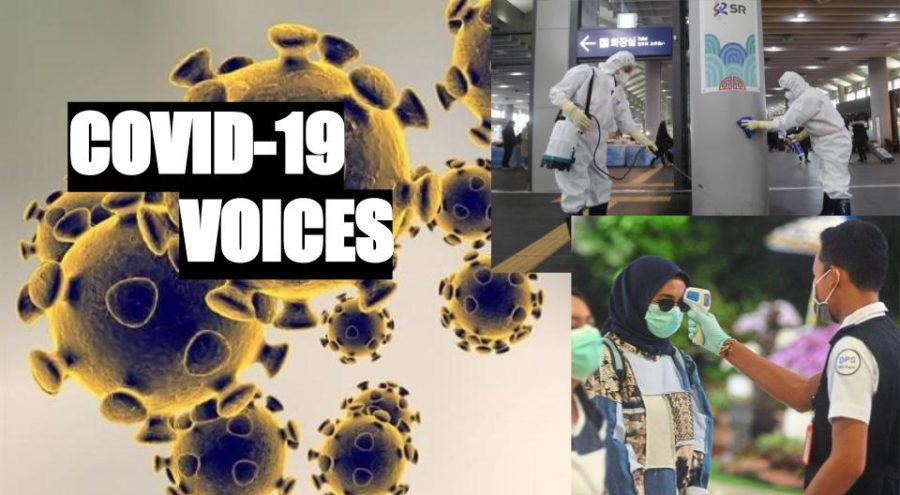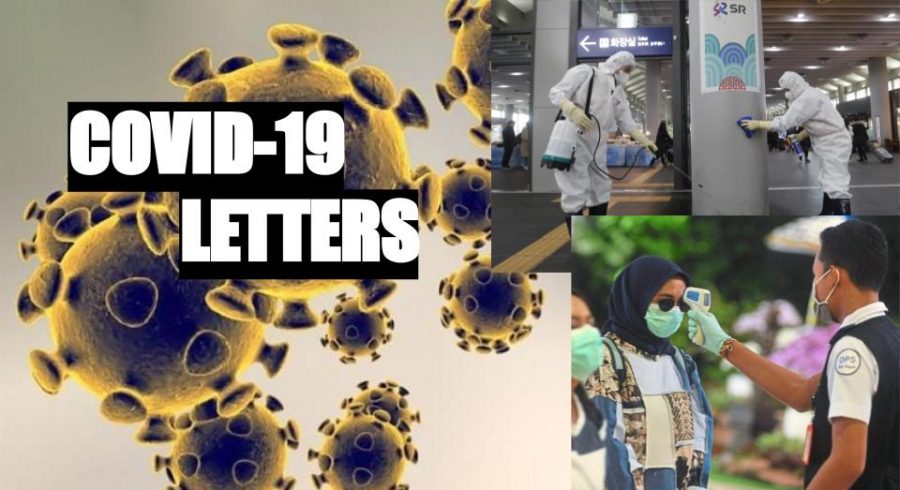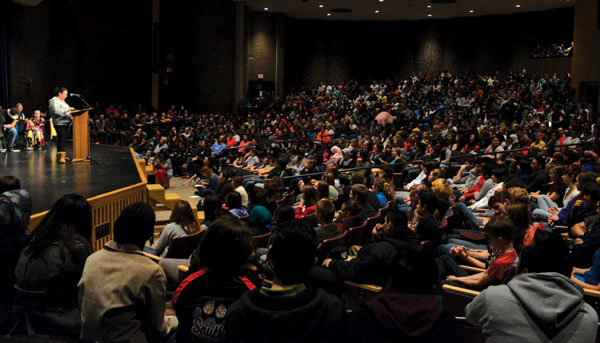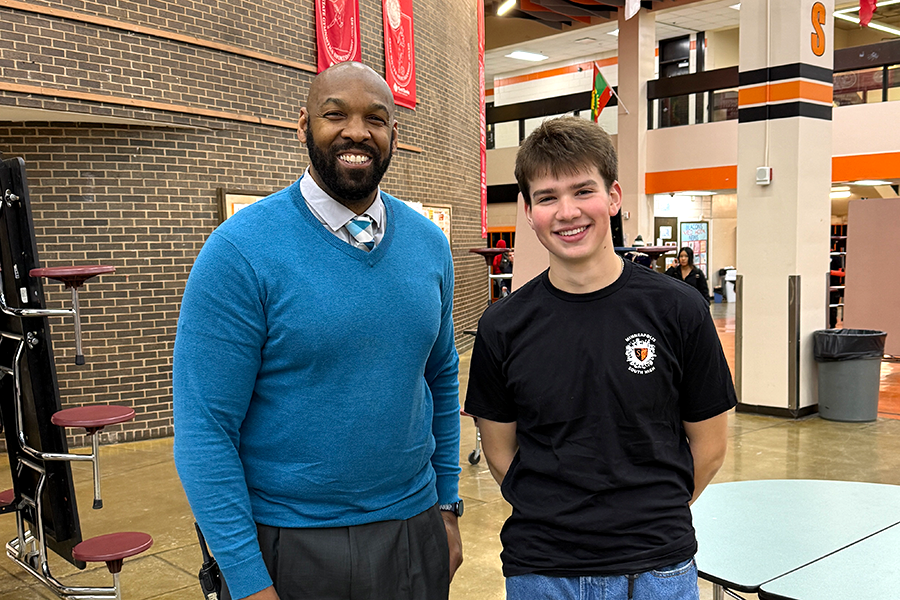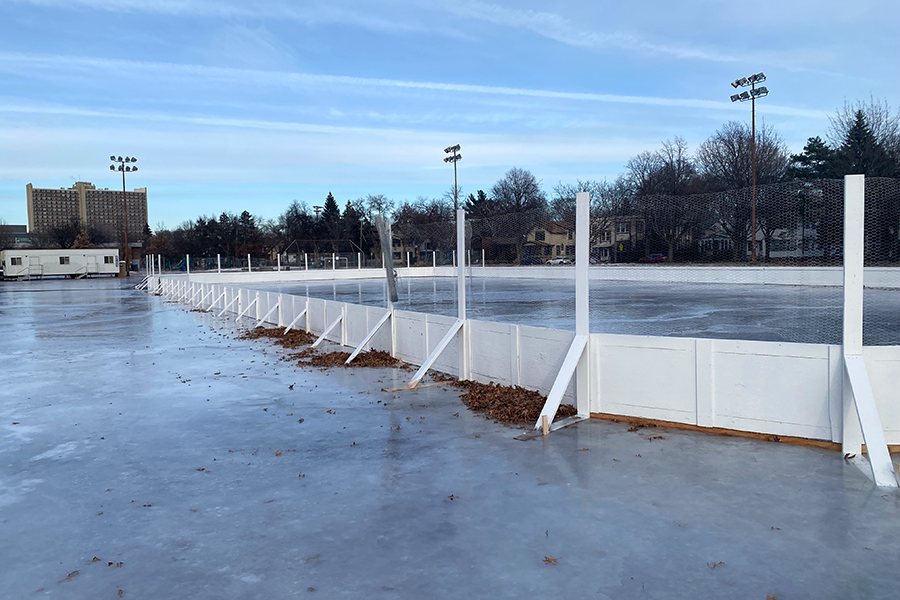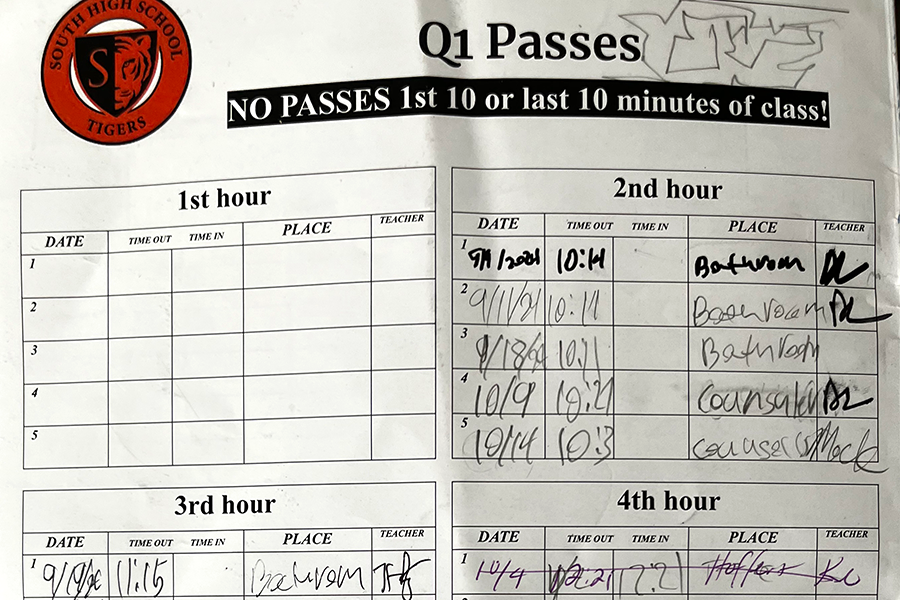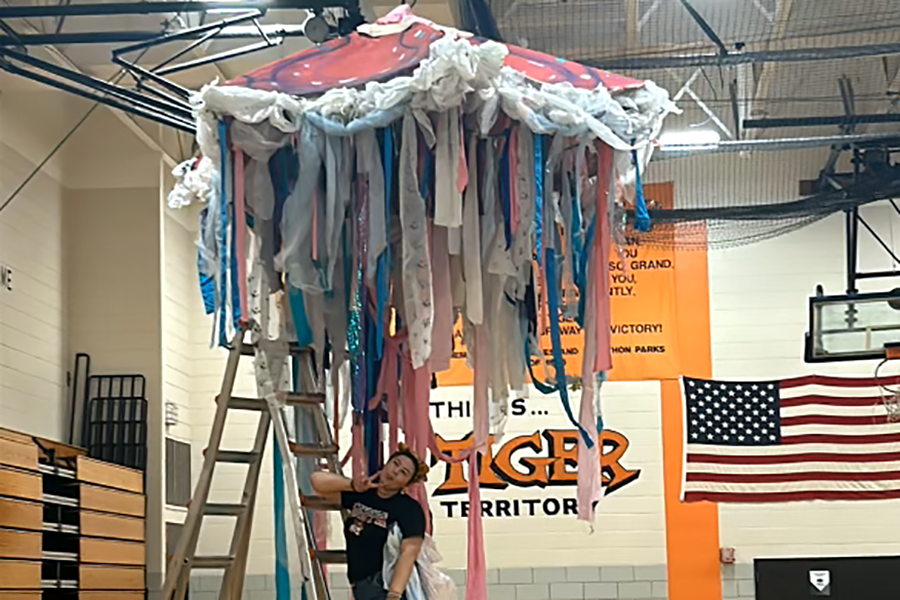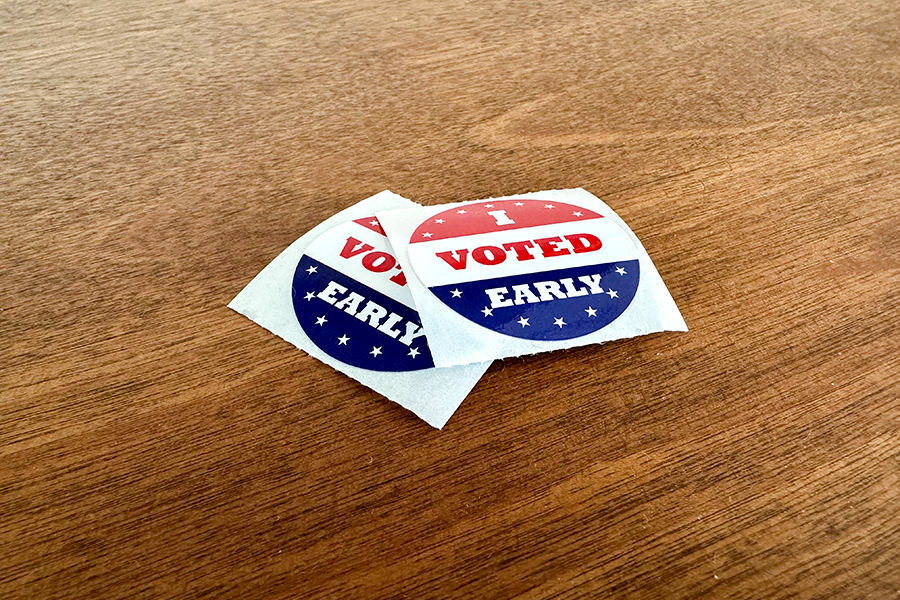South High teacher, Corinth Matera received an honorable mention in the 2013 Ambassador Awards, the Facing Race Initiative. According to their website, “The Facing race Ambassador Award was established in 2007 to celebrate and honor individuals and organizations working to create a racially equitable community.”
Nominations for the Ambassador Award can be submitted by anyone; Matera’s came from Waziyatawin, a Dakota writer, historian, and activist who wrote the book What Does Justice Look Like?. The nomination, Matera said, stemmed from a unit she developed.
“In AP Language we’ve been teaching a unit for three years where we ask students to read mini-sources, not just her book, and they have to make an argument about whether they think the Dakota should receive land reparations.”
“This year,” Matera continued, “I met Waziyatawin at a conference and invited her to speak with the students. She was really impressed with the work that we were doing. She decided to nominate me for the award for creating and teaching this unit.”
Matera has seen results from the unit she developed, “One is the Southerner’s coverage of the 150th anniversary of the Dakota War. Another is a small group of students who visited Ramsey Middle School to talk with their Minnesota history classes about these issues and about changing the name of Ramsey Middle School. Another is several of our students presented to the 10th grade Open AP History students about this issue. So the learning they’re doing during the unit is inspiring them to take their knowledge outside of the class.”
But rather than bask in the honor of the Ambassador Award program, Matera is looking to continue working to improve race relations. For students interested in doing their own part to combat racism, she offered several ideas.
“I think that there’s a lot of opportunities here at South High like being a part of the start group, educating yourself as much as you can about the histories of multiple cultures,” Matera suggested, “I really think that there’s a big need for our white students to understand white privilege and understand the history of institutionalized racism. And that can happen in classrooms or through student’s individual efforts to educate themselves.”

